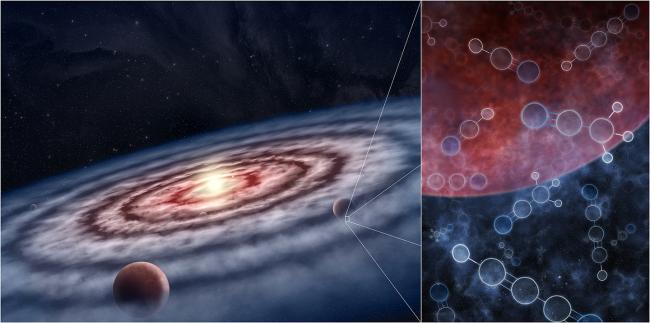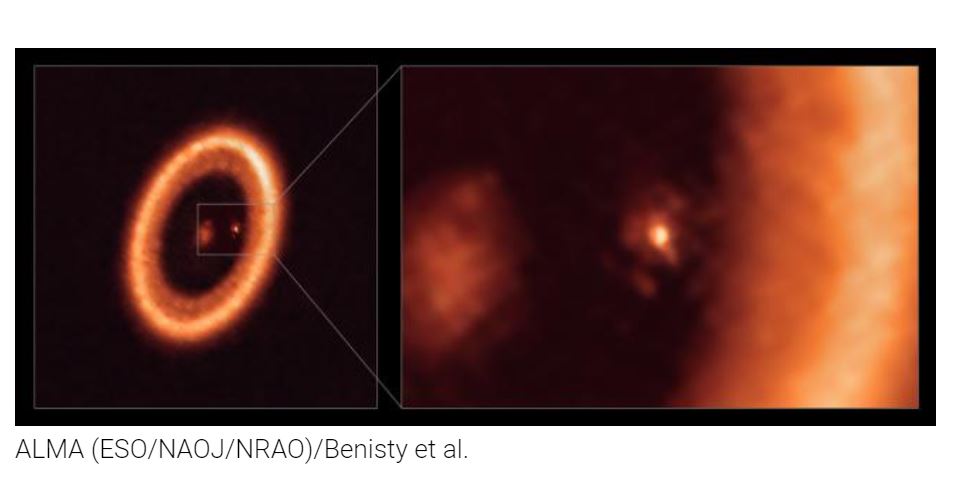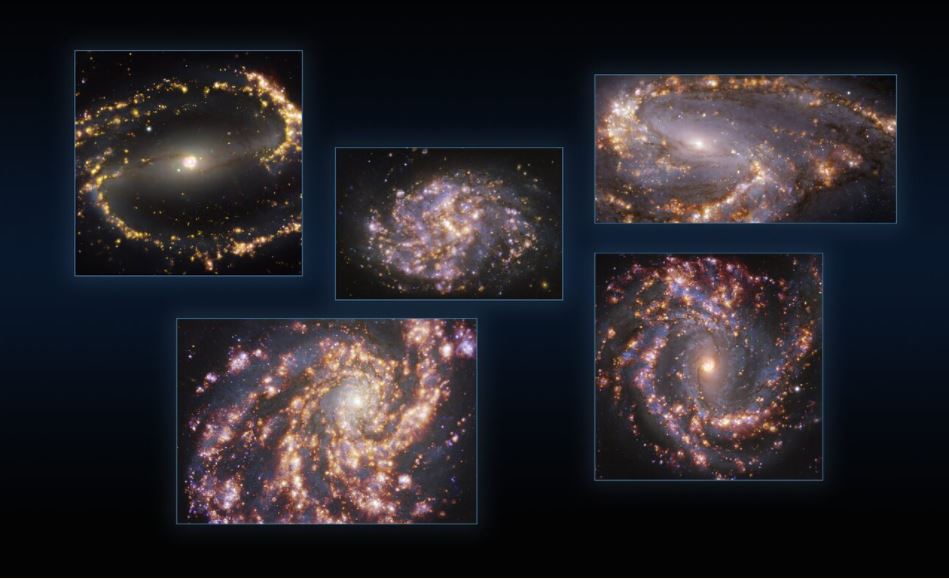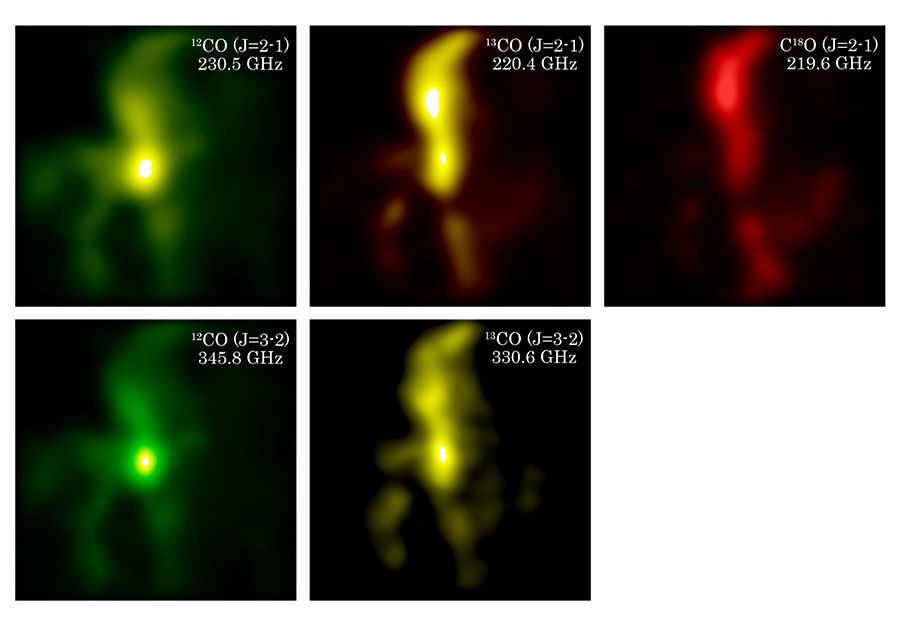
A series of new images reveals that planets form in organic soups – and no two soups are alike. Astronomers have mapped out the chemicals inside of planetary nurseries in extraordinary detail. The newly unveiled maps reveal the locations of dozens of molecules within five protoplanetary disks – regions of dust and gas where planets form around young stars.
“These planet-forming disks are teeming with organic molecules, some which are implicated in the origins of life here on Earth,” explains Karin Öberg, an astronomer at the Center for Astrophysics | Harvard & Smithsonian (CfA) who led the map-making project...
Read More









Recent Comments